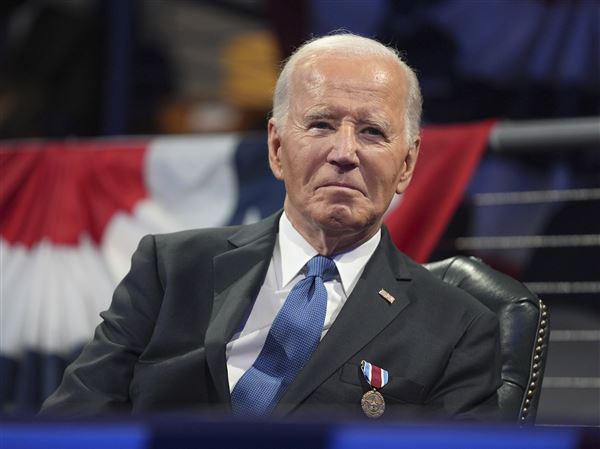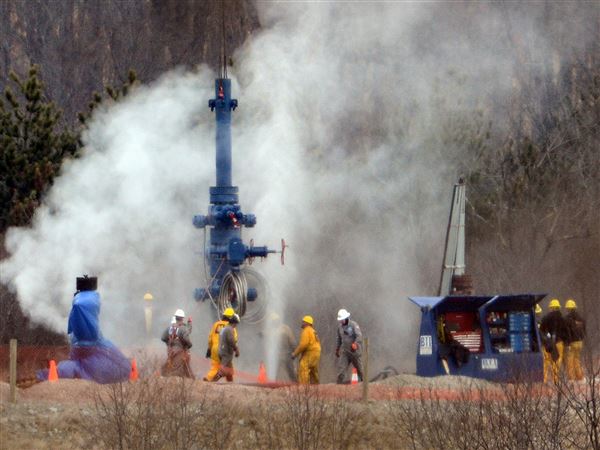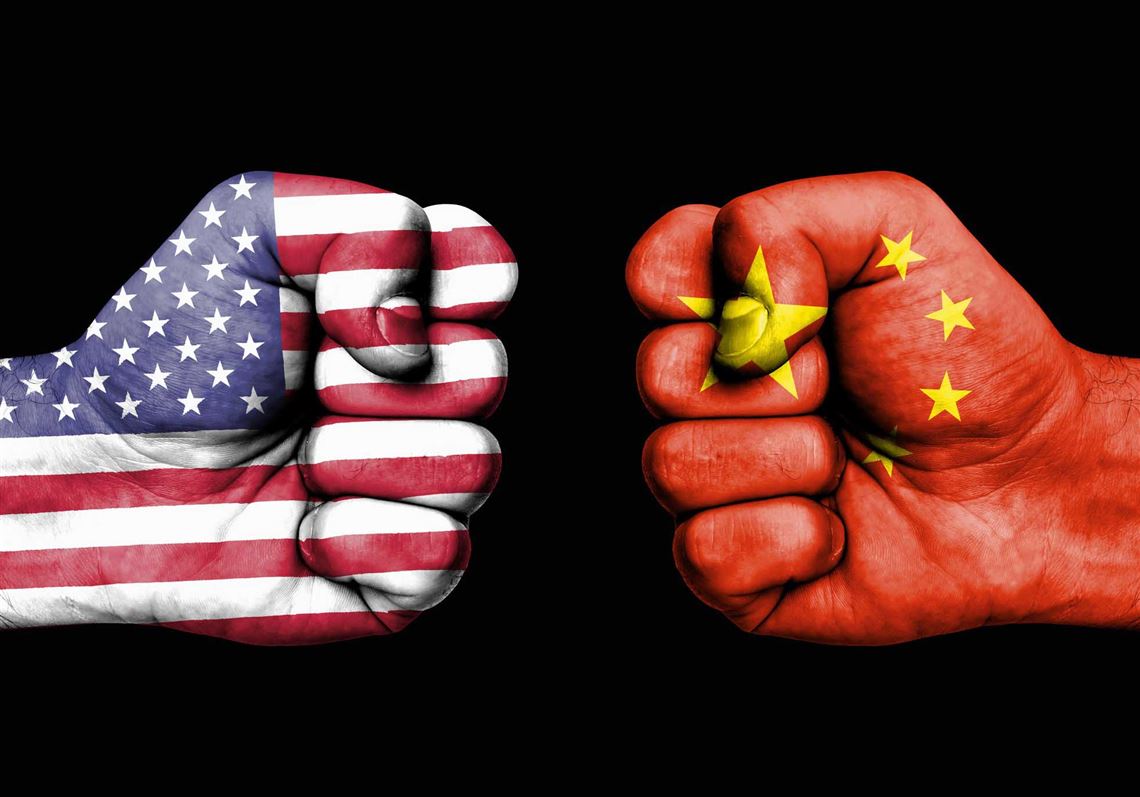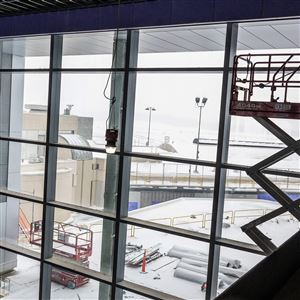President Donald Trump’s trade war with China has already hurt U.S. farmers and manufacturers and now threatens a more recent export business that has been booming: energy.
Last week, the trade war escalated dramatically, with U.S. tariffs going into effect on $200 billion worth of Chinese goods. This was immediately countered by Chinese tariffs on $60 billion worth of U.S. exports. While earlier Chinese retaliation took aim at things such as soybeans, the latest round includes a 10 percent tariff on U.S. exports of liquefied natural gas, or LNG, the first time Beijing has targeted U.S. energy exports.
That could be bad news for the U.S. energy patch, which has taken advantage of a decade-old fracking revolution to expand to vast shale deposits across the country, such as those in the Marcellus and Utica shale formations in Pennsylvania and Ohio.
The U.S. has become a big supplier of natural gas and crude oil to countries all over the world, including China. The Chinese tariff, though smaller than the duty Beijing threatened to levy earlier this year, makes U.S. gas a bit more expensive and less competitive in the world’s second-largest LNG market.
As a result, Beijing will probably look to get more energy from other suppliers, experts said. Russia is already building a massive gas pipeline to supply China from Siberia, and this month the two countries announced plans to fast-track another Siberian pipeline, which, if built, would double Russia’s gas trade with China.
But the Chinese tariff also threatens to have implications in years to come. By essentially limiting U.S. access to one of the most important gas markets, the tariff could have a chilling effect on the next wave of U.S. gas-export projects under planning. Many of the proposed projects need China and its voracious appetite for gas to line up financing.
“I think these tariffs and the escalating trade war are a significant headwind for the next wave of U.S. LNG,” said Jason Bordoff, the director of Columbia University’s Center on Global Energy Policy and a former energy advisor in the Obama White House.
The United States started exporting big amounts of LNG only two years ago, and China has become one of the biggest buyers of U.S. LNG, behind only Mexico and South Korea. Beijing is snapping up increasing amounts of natural gas as it seeks to reduce its use of coal, which has driven dangerous levels of air pollution in many Chinese cities.
Expectations that China will need to buy more and more cleaner-burning gas, and especially dirt-cheap U.S. gas, underpin the gas business for many upcoming U.S. export projects. That could make China’s retaliatory tariffs especially painful a couple years from now.
Unlike the first wave of U.S. export terminals, which weren’t predicated on feeding the Chinese market, the next wave of investment relies on China’s sheer size and growth potential. The expansion this year of the first big U.S. export terminal, for example, depended in large part on a new supply contract with China. More investment like that could be in doubt if China is off-limits.
“It takes the wind out of the sails a little bit,” said Giles Farrer of Wood Mackenzie, an energy consultancy. The Chinese tariff “restricts the target market a bit for second-wave developers” in the United States, he said.
That would only help rivals in other countries hoping to boost their own LNG exports. Russia, the Middle East, East Africa and the eastern Mediterranean are all areas hoping to develop more liquefied gas export capacity.
The United States still has the advantage of cheap gas to lure developers, but projects with unfettered access to a massive market such as China will likely gain an edge in attracting investment dollars, Mr. Bordoff said.
“To the extent you have the most rapidly growing LNG market effectively off-limits to U.S. sales, that would be a strike against investment in the U.S relative to other options,” he said.
One project in particular seems caught in the crosshairs of the trade war: a $43 billion project to pipe natural gas from the North Slope of Alaska across the state to an LNG export facility near Anchorage. A state-owned Chinese bank is helping with the project’s financing, and a state-owned Chinese energy company is meant to buy much of its production. Alaska LNG was one of the Trump administration’s much-touted takeaways from his 2017 trip to China. A final investment decision is expected to be made in 2020 with an eye toward starting construction a year later.
For now, the developers of Alaska LNG are sanguine. “There is no indication the current trade issues will jeopardize the development of the Alaska LNG project,” said Jesse Carlstrom, a spokesman for the Alaska Gasline Development Corp.
He said the developers expect “the current trade tensions between the United States and China will be resolved well in advance of Alaska LNG exports to China.”
The project is also lining up other potential customers, he said, with negotiations advancing with 15 big Asian LNG users, including Japan, South Korea and Vietnam.
Keith Johnson is global geoeconomics correspondent for Foreign Policy (keith.johnson@foreignpolicy.com).
First Published: September 30, 2018, 4:00 a.m.

















